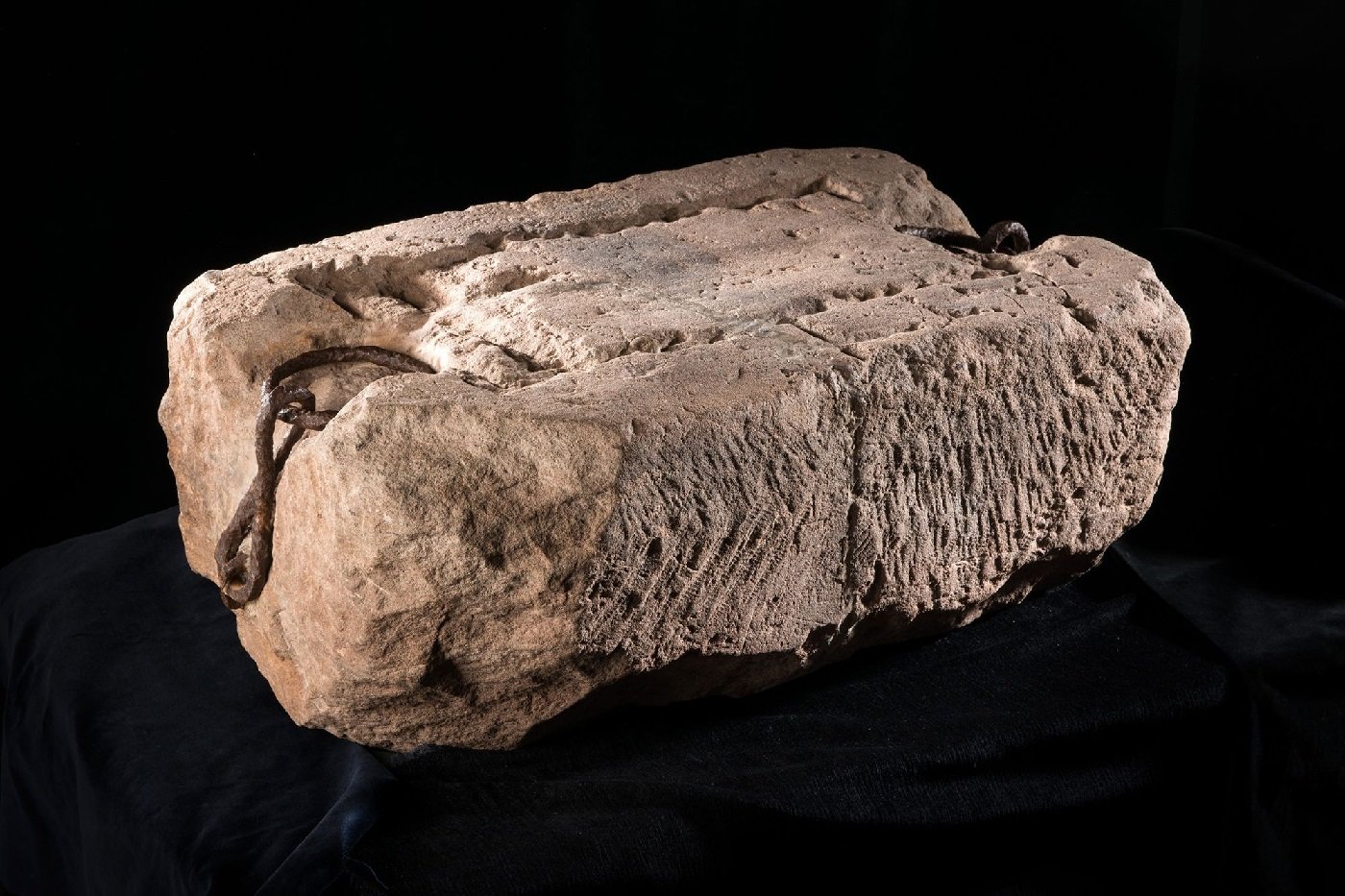The Stone of Scone, also known as the Stone of Destiny, is a block of sandstone with deep-rooted symbolism in Scottish monarchy and kingdom.
Legends associate the stone with Fergus Mór mac Eirc, the possible ruler of Dál Riata, an ancient kingdom that encompassed the western seaboard of Scotland and north-eastern Ireland.
According to the 15th century “Orygynale Cronykil” of Scotland, Fergus is said to have transported the stone from Ireland to Argyll, where he was crowned king around AD 501.
Other legends place the stone in Biblical times, where it has been associated with the Stone of Jacob from the Book of Genesis. According to Genesis (Chapter 28:10-22), Jacob used the stone as a pillow, which he then consecrated to god.
During the First Scottish War of Independence (1296 – 1328), King Edward I of England removed the stone to Westminster Abbey as a spoil of war, where it was placed into the Coronation Chair (also known as King Edward’s Chair) for crowning subsequent monarchs.
In 1996, the stone was officially handed over to the Scottish Office at Edinburgh Castle by representatives of the Home Office and Prince Andrew, Duke of York (representing Queen Elizabeth II).
The Scottish Government announced in 2020 that the stone would then be relocated to the Perth Museum, where it has taken centre stage as one of the main exhibits opened in March 2024.
According to a new study to understand the origins, researchers have determined that the Stone of Scone was quarried from the Scone area, and may have originally been used in a nearby church or even a Roman building.
The level of wear on the top surface indicates that the stone was likely a step, predating the inauguration ceremonies and reign of Edward I.
Dr Nicki Scott, Senior Cultural Significance Advisor at HES, said: “While we know some inauguration rituals did involve the individual being inaugurated to step onto the stone, such as at Dunadd Hillfort, the level of wear on the Stone of Destiny doesn’t support such use.”
“Even several hundred years of such a ritual wouldn’t create the level of wear we see. It’s more likely that the stone had earlier served as a step, although we don’t know the context for this,” added Dr Scott.
Header Image Credit : Perth Museum
Sources : Perth Museum





